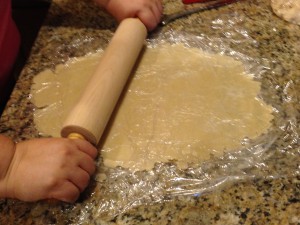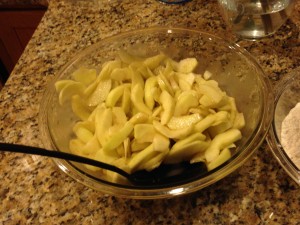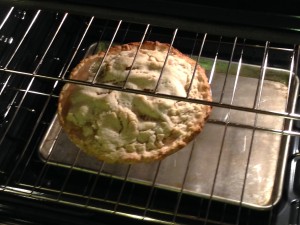Southwestern Wisconsin is one of the most beautiful areas of the country. Why? Millions of years ago, glaciers skirted this region, leaving myriad ridges, some tree-covered. This is a geologist’s dream travel destination–to see how the entire state looked before the ice age, before glaciation. Geologists refer to this area–some 13,000 square miles–in southwestern Wisconsin as the “Driftless Area.” Plan extra drive time to navigate the roads that wind around these ridges of the Ocooch Mountain Range. The scenery is well-worth the extra drive time!
From central Iowa, it’s a diagonal drive, though the only diagonal road you can take out of Des Moines is Highway 330; the others run east-west or north-south. Arriving in Marshalltown, Iowa, we stopped for some frozen yogurt at the Purple Cherry; then, we shopped at Perfect Setting, a wonderful gift shop full of Iowa crafted jewelry and gifts.
Next, came the rest of the trek northeast: Highway 14 North, and Highway 20 est to Dubuque. You can’t help but notice all the beautiful rose beds along Highway 20 that welcome you as you enter Dubuque and you can’t help but notice the majesty of the Mississippi River as you cross it.
Once in Wisconsin, you take Highway 151 to Dickeyville, where it branches into Highway 61; 61 will take you all the way to Soldiers Grove. You’ll begin to see the ridges even before you reach Soldiers Grove.
You won’t find any big hotels in Soldiers Grove; but, you will find some excellent bed and breakfasts. We stayed at the Old Oak Inn run by Carol and Hollis Roth. The rooms were filled with antiques and the Sunday morning breakfast was a feast.
Back-up to Saturday evening. The real feast was served by my sister and brother-in-law at their tucked-in-the-woods home. They fed us the traditional Wisconsin meal: bratwursts and potato salad. The highlight was homemade apple pie with excellent, flaky crust. It’s no wonder the pie crust was exquisite; my sister uses Grandmother Ensley’s pie crust recipe. The secret to this pie crust is the cold ice water used in it. My sister’s comments are included in the recipe.
Grandmother Ensley’s Pie Crust Recipe
Ingredients:
2/3 Cup + 2 T shortening
2 Cups all purpose flour
1 tsp salt
4-5 T ice water (“Grandmother would take several ice cubes and melt them down so the water was really, really cold.”)
Directions:
Melt ice cubes. Mix salt and flour. Add shortening. (“Cut the shortening into flour and salt–or mix it in your pastry mixer–just until particles are the size of small peas. Don’t go beyond pea-size, or the pastry will form prematurely and water won’t mix in well; the pie crust will end up tough.”) Sprinkle in ice water, 1 T at a time. (” Do this quickly until all the flour is moistened and the pastry almost cleans the side of the bowl. Do not over-mix.”) Gather pastry in a ball. Shape into two rounds. (“Grandmother rolled the pie crust out on a counter, but I learned a tip from a family friend that helps Grandmother’s pie crust come out perfectly. Put a piece of Saran Wrap on the counter.

Sprinkle a tiny bit of flour on it. Place half pastry round in the center. Sprinkle a little flour on top. Place another piece of Saran Wrap on top and roll out in a circle about 2 inches larger than the inverted pie pan. remove Saran Wrap from the top of the pastry and place hands under the lower piece of Saran Wrap/crust, inverting it into the pie pan. Trim overhanging pastry along the edge of the pan.”) Turn Pie filling into pastry lined pie plate. (“I like using Macintosh or Courtland apples, and for my apple filling, I mix 1/4 tsp nutmeg, a dash of salt, 1/2 cup sugar, 1/4 tsp cinnamon, and 3 T flour and stir into 5-6 cups of thinly sliced apples–it takes 5-6 medium-sized apples.

I top the apple mixture with several thin pats of butter.”) Put a little water on a finger and rub it around the rim of the bottom crust. Roll other round of pastry and place on top of filling. Trim overhanging pastry about an inch from pan. Fold and roll top edge of crust under lower edge, pressing on the rim to seal. Fluke. Make small slits or fork piercings in the top center crust. Cover edges with a 2-3 inch strip of aluminum foil to prevent browning; remove foil during last 15 minutes of baking.

Bake 40-50 minutes at 425 degrees (for an apple pie). Pie is done when juice begins to bubble through top slits and crust is golden brown.